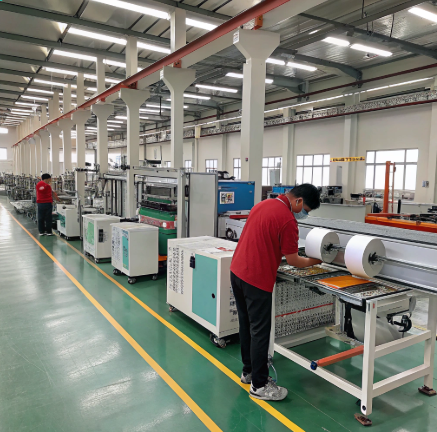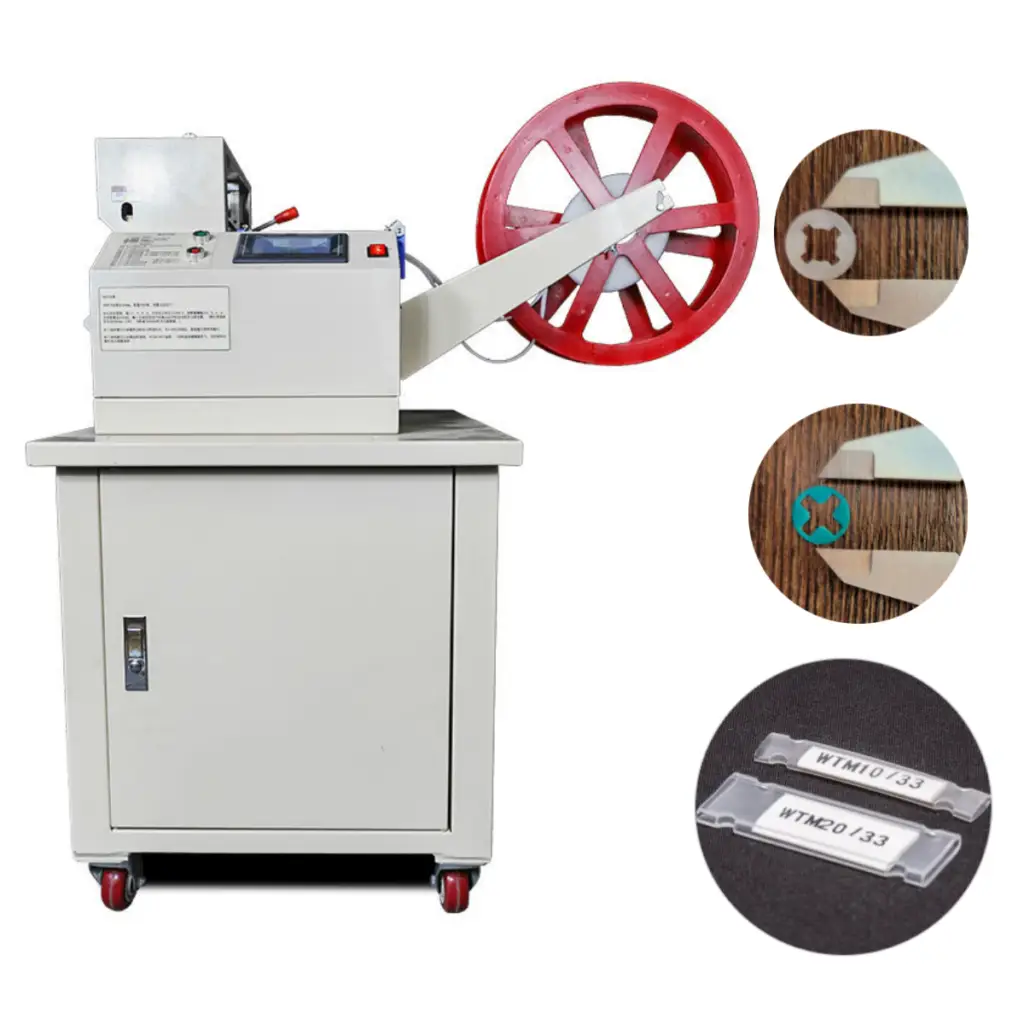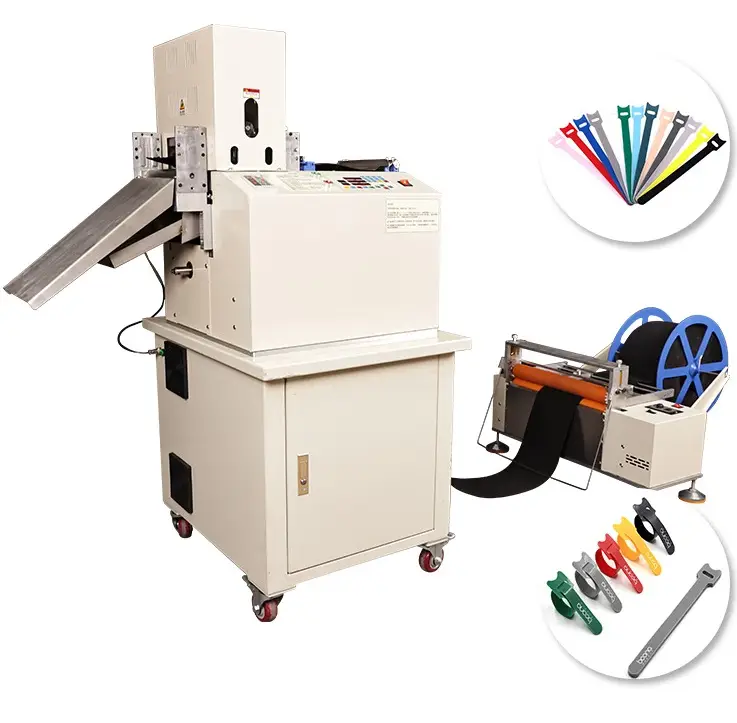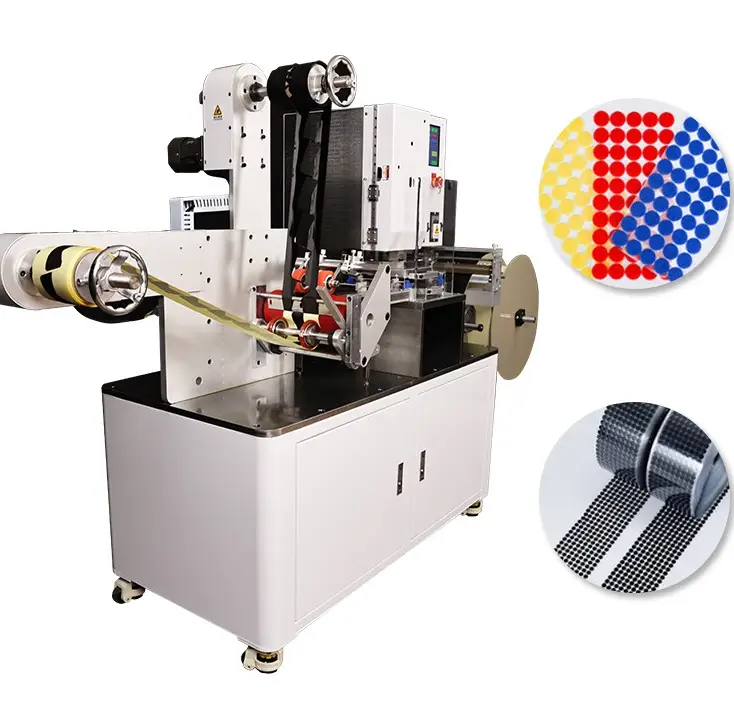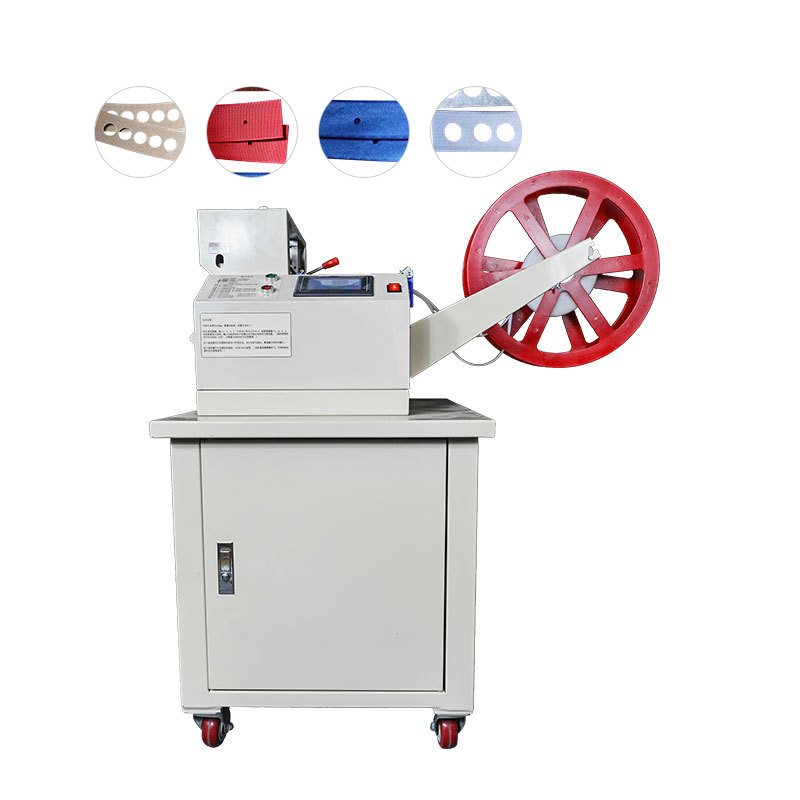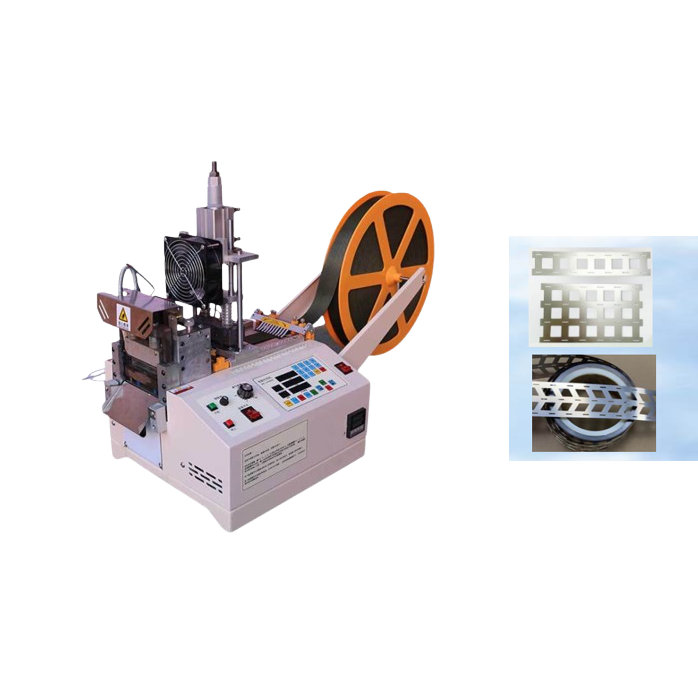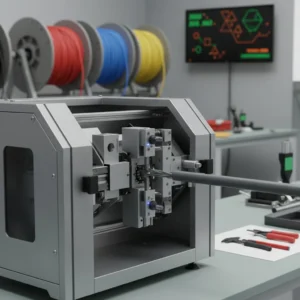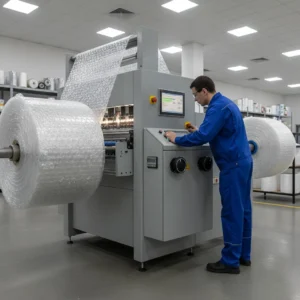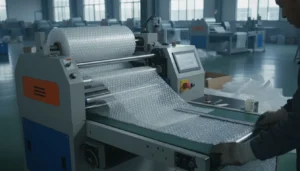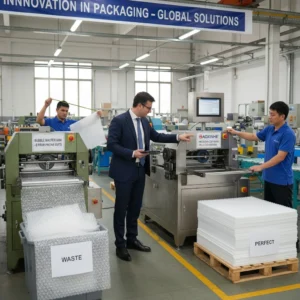What automation benefits can a ribbon cutting machine bring to large-scale packaging lines?
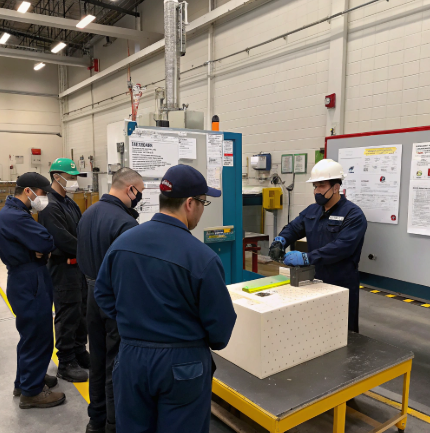
Ever faced slowdowns because ribbon spools didn’t keep pace? I’ve been there—the whole line stalls, client deadlines slide.
Automating ribbon cutting boosts throughput, ensures consistent lengths, frees staff for value tasks, and prevents costly line stoppages.
A ribbon cutting machine1, when integrated into large-scale packaging lines, offers several automation benefits. These include increased production speed2, reduced labor costs3, minimized material waste4, and improved product consistency5. Automated systems can work continuously at high speeds, cutting ribbons to precise lengths, which is crucial for maintaining quality control in high-volume production.
I’ll walk you through real automation gains and why industrial buyers should care.
How can blade material selection6 optimize ribbon cutting efficiency?
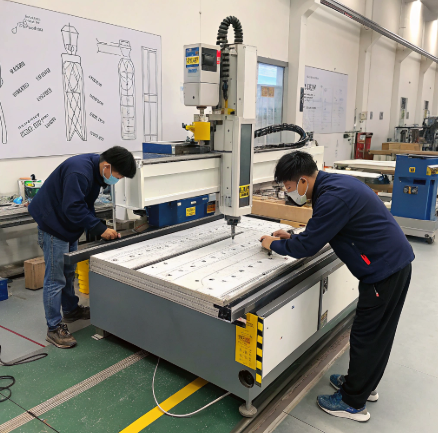
Replacing blades too often? Or stuck with dull cuts that jam downstream? I’ve been there—blade swaps mid-shift wasted hours.
Choosing the right blade material—like carbide, coated steel, or ceramic—can extend blade life, improve cut quality, and lower operational costs.
Let’s explore how blade choice transforms performance.
What automation benefits can a ribbon cutting machine bring to large-scale packaging lines?
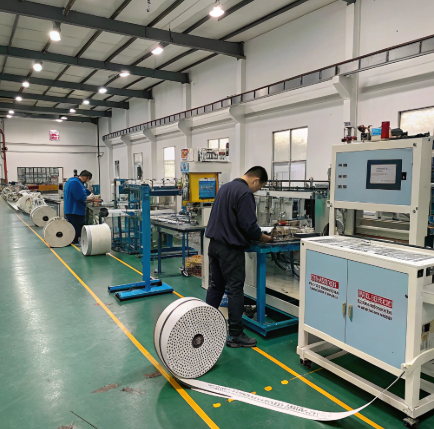
Speed and consistency matter on big packaging lines. Manual ribbon cutting often creates bottlenecks and waste.
Automated ribbon cutting machine1s deliver precise lengths, fast cycle times, and integrate with conveyors or wrappers—eliminating manual steps and reducing errors.
Dive deeper: automation benefits
When I worked with customers from manufacturing and labs, they valued uptime and low defect rates. Suzhou Haoxinhe’s ribbon cutting machine1s excel here.
1. Increased throughput
Automated feeders and cutters run continuously at set speeds. You eliminate human pauses. On a high-speed packaging line7, that can mean thousands more cuts per shift.
2. Precision consistency
Every ribbon length is identical. That standardization eliminates packaging inconsistencies. Fewer jams. Better final product appearance.
3. Reduced labor
Operators no longer measure and cut manually. They can monitor multiple machines. That lowers labor cost per unit and helps reassign staff to higher-value tasks.
4. Minimized material waste
Manual cutting over-length ribbons leads to trim waste. Automation cuts to exact specs, saving costly ribbon material. Especially with expensive decorative ribbons.
5. Integration with PLC systems
These machines sync with upstream and downstream gear. Ribbon cutting only happens when packaging is ready. That streamlines the flow and prevents overproduction or backups.
6. Error detection & safety
Sensors detect ribbon jams or misfeeds and stop the line. No need for operators to intervene. That prevents damage and keeps things running smoothly.
I’ve heard buyers like Mark Chen ask, “Can this really keep up with my packaging line at 30m/min?” The answer: Yes—Suzhou Haoxinhe’s ribbon cutting machine1s sustain high cycles, and you can adjust lengths on the fly, all via touchscreen or PLC.
How can blade material selection6 optimize ribbon cutting efficiency?
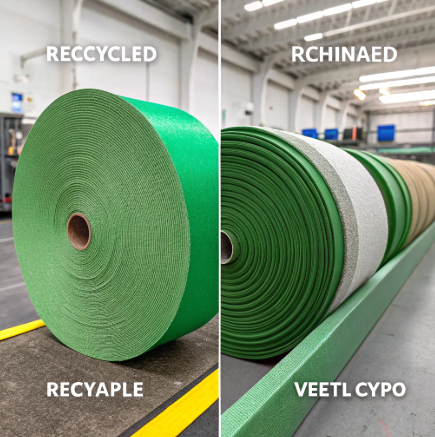
Blade wear impacts downtime and cut quality. Choosing the right blade material is not just technical—it’s cost-effective.
Blade materials like tungsten carbide8, stainless steel with coatings, or ceramic offer differing longevity and performance. Match blade to ribbon type for best results.
Dive deeper: blade materials and efficiency
Let’s compare top blade materials and when each fits:
Comparison Table: Blade Materials
| Blade Material | Hardness | Wear Resistance | Cost | Best For |
|---|---|---|---|---|
| Stainless Steel | Medium | Medium | Low | Standard ribbons, soft substrates |
| Tungsten Carbide | High | High | Medium | High-volume use, tough ribbons |
| Ceramic | Very High | Very High | High | Abrasive, textured, or coated ribbons |
| Diamond-Coated | Very High | Max | Very High | Ultra-demanding substrates |
1. Stainless Steel
Good for soft ribbons. Cuts cleanly and is inexpensive. But dulls faster on tougher substrates.
2. Tungsten Carbide
Ideal for industrial lines cutting thick, textured, or loaded decorative ribbons. It stays sharp much longer. Great value for high-volume runs.
3. Ceramic
Best choice for abrasive or chemically coated ribbons. Very wear-resistant. Higher cost but fewer blade changes and less downtime.
4. Diamond-Coated
Ultra-durable; perfect for extremely abrasive or metallic-coated ribbon. Most expensive, but blade life is unmatched.
I’ve seen Suzhou Haoxinhe machines running ceramic blades for over 100,000 cuts on abrasive tubing and ribbon without a swap. They monitor wear and signal replacements via PLC.
Practical Tips for Buyers like Mark Chen
- Match blade to ribbon—for standard use, clean cut, SS blade is fine.
- For high volume or textured ribbon, go carbide or ceramic.
- Use blade wear sensors and predictive maintenance9.
- Stock replacement blades and track blade hours in logs.
Conclusion
[^10] for precise cutting results](https://hxcuttingmachine.com/wp-content/uploads/2025/06/Velcro-cutter-alignment-troubleshooting-and-maintenance-checklist.png)
Automation boosts line speed, reduces waste, and unlocks labor savings. Right blade choice keeps it efficient and reliable.
Insights
💡 Insight: Ribbon Cutting—The Hidden Lever for Lean Packaging Efficiency
In high-output packaging lines, most managers focus on sealing, boxing, or labeling—but forget one of the smallest (yet riskiest) stages: ribbon cutting. I’ve worked with facilities that met every spec—until inconsistent ribbon lengths caused jams or visual defects in final packaging. The culprit? Manual or semi-auto cutters that couldn’t keep up.
What surprised most buyers was how ribbon automation paid for itself—not just in labor savings, but in uptime. Suzhou Haoxinhe’s servo-driven cutters, for instance, don’t just slice ribbons at high speed—they sync with the packaging PLC, cut only when needed, and auto-adjust for length changes without stopping the line.
A facility I consulted in Mexico reduced operator shifts by 30% and increased packaging line throughput by 18% just by upgrading ribbon cutting automation.
Automation in ribbon cutting is no longer optional—it’s a strategic upgrade for any packaging facility aiming for leaner, faster, and more consistent output.
Suzhou Haoxinhe Electrical Equipment Co., Ltd.’s webbing tape cutting machine and hot and cold cutting machine lines support automated ribbon cutting with servo-driven precision, wear-adapted blade options, and PLC-level integration—ideal for B2B buyers wanting cost-effective scalability and quality control.
Explore this resource to understand how ribbon cutting machines enhance efficiency, reduce waste, and improve production quality in packaging. ↩ ↩ ↩ ↩
Learn about the advantages of faster production speeds and how they can improve your overall packaging efficiency. ↩
Explore effective strategies to lower labor costs while maintaining high productivity in your packaging processes. ↩
Find out how automation can significantly reduce material waste, saving you money and resources. ↩
Understand the critical role of product consistency in maintaining quality and customer satisfaction in packaging. ↩
Delve into the importance of selecting the right blade material for optimal cutting efficiency in your operations. ↩ ↩
Learn about the common challenges faced in high-speed packaging lines and how to overcome them. ↩
Learn why tungsten carbide blades are preferred for their durability and performance in cutting applications. ↩
Find out how predictive maintenance can enhance the reliability and efficiency of your cutting equipment. ↩
